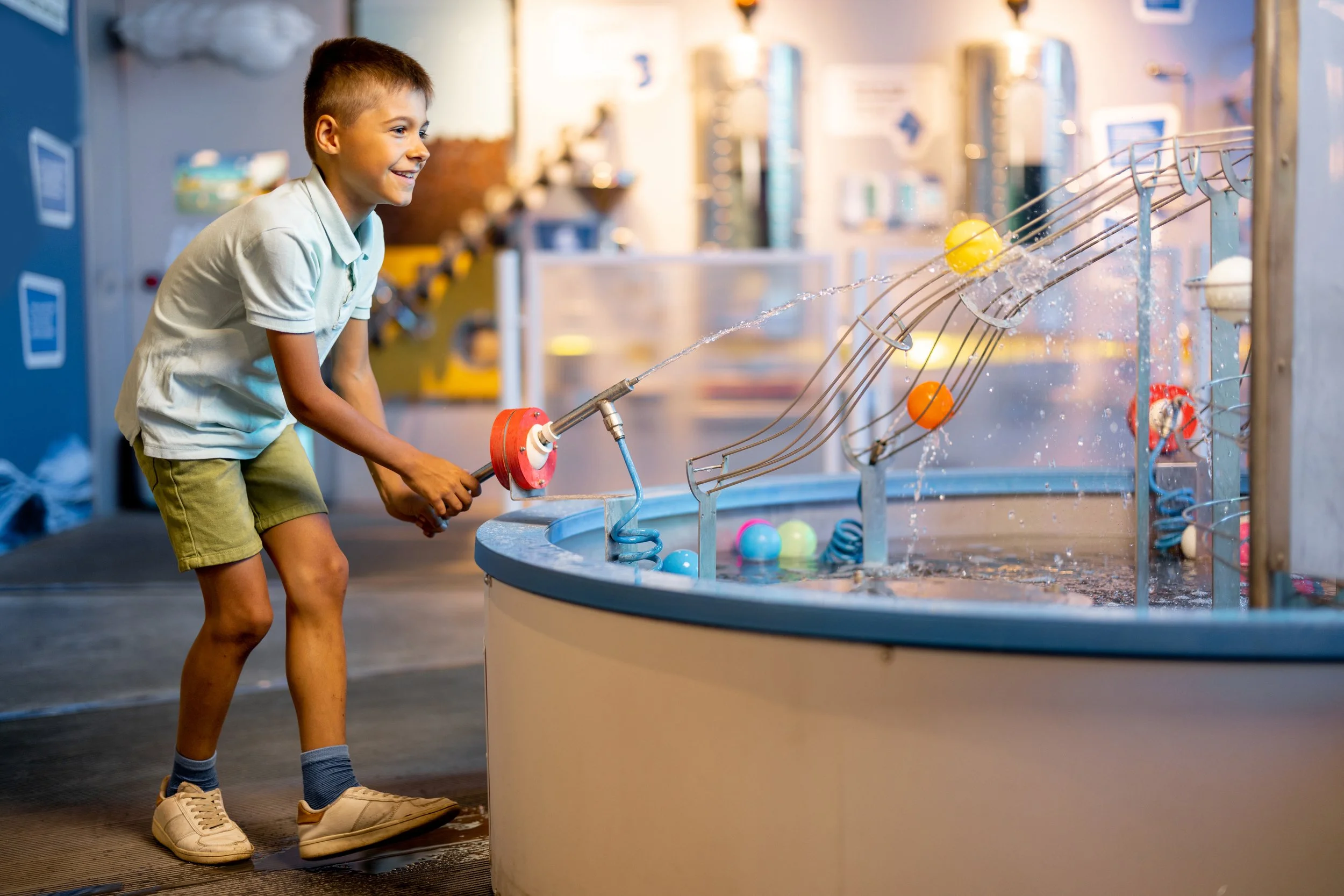
Museum of Science
Project Overview
We had the opportunity to collaborate with the Museum of Science as subject matter experts on accessibility. The project aimed to design an engaging, multi-station experience that teaches young visitors about the inner workings of their bodies. Each interactive station was crafted to inspire curiosity and foster hands-on learning about human biology. Our role was to ensure these experiences were accessible and inclusive, allowing visitors with disabilities to fully engage and enjoy the exhibits alongside their peers.
Objectives
Our primary objective was to work closely with museum staff and user groups to identify and address potential accessibility barriers. By leveraging our expertise, we focused on creating thoughtful solutions that accommodated a range of disabilities—including mobility, sensory, and cognitive challenges. The ultimate goal was not simply compliance but true inclusion: ensuring all young visitors, regardless of ability, could participate in ways that felt natural, intuitive, and enjoyable.
Approach
To achieve these objectives, we collaborated extensively with the museum’s design and education teams. Together, we conducted thorough reviews of exhibit prototypes, collected input from individuals with disabilities, and implemented accessible adaptations. Key steps in this process included:
Physical Accessibility: Ensuring height-adjustable stations and sufficient space for assistive devices.
Multi-Sensory Engagement: Incorporating tactile elements, visual aids, and auditory feedback to enhance accessibility for visitors with sensory disabilities.
Cognitive Inclusion: Providing clear, easy-to-follow instructions and alternative interaction methods to support diverse cognitive needs.
Results and Impact
The outcome was a more inclusive, thoughtfully designed exhibit experience that enabled all visitors to participate fully and independently. Young people with disabilities were able to interact with the stations in meaningful ways, fostering an environment of shared learning and inclusion. Feedback from user groups was overwhelmingly positive, emphasizing the importance of integrating accessibility considerations from the earliest stages of design.
By partnering with the Museum of Science, we demonstrated how intentional, small adjustments can transform interactive learning experiences into equitable, enriching opportunities for all. This project serves as a model for how accessibility and engagement can seamlessly coexist, inspiring greater inclusion in educational spaces.


